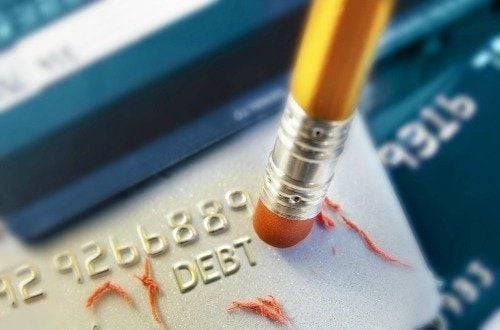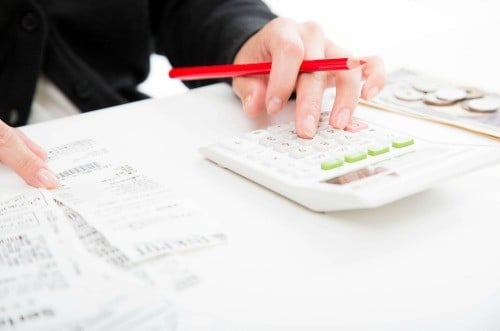Desiree Nair
17th April 2017 - 4 min read
While people sometimes get nervous at the mere idea of debt, it’s not always a bad thing. In fact, borrowing money can actually be a positive financial move. Let’s take a closer look at the differences between good debt and bad debt.

What is Good Debt?
Good debt is the debt we incur towards an expense or purchase that will give us higher value than the total amount we’ll be paying for it. A rule of thumb is that what you’re spending on will increase in value and your commitments are comfortable.
Examples of this might be a small business loan, real estate loan, or education loan. With a small business loan, hopefully your business gains traction and you profit from it, with a real estate loan you’re counting on the value of the property to increase so you can sell it off for a higher price, and with an education loan you’re improving your resume so you can potentially earn more salary with a better job.
What is Bad Debt?
This type of debt is often incurred to purchase items which quickly decrease in value, at high interest rates; and could be subject to low probability of successful repayment.
Examples of bad debts include any type of borrowings for extravagant or unnecessary purchases (though this is subjective) that you can’t afford to repay –– expensive clothing, luxury holidays, pricey furniture, etc.
This Sounds Like Most of My Debt is Bad Debt…
That’s perfectly normal, actually. Most of us with a car loan certainly have bad debt, since the value of a car immediately depreciates as soon as it’s driven off the lot. But this doesn’t mean that it’s a bad thing to have bad debt. It’s just called bad debt because it’s best to get rid of these as fast as possible.

What if I’m Not Sure What Kind of Debt I Have?
This is also normal, but much more hazardous. Mistaking bad debt for good debt is one of the big reasons people fall into too much debt. One major rule of thumb is to really think about the future financial benefit of your purchase or expense. Only when this can be confidently assessed should it count as good debt.
Good debt can also turn into bad debt. If a hot property you’re paying for suddenly becomes devalued, or if the degree programme you’re financing becomes no longer lucrative, these debts can no longer be called good debt, and you should move quickly to get rid of them as soon as you can.
Too much debt, whether good or bad, can unnecessarily impose a heavy financial burden to you. This is why it’s important to plan your financing needs and borrow as economically as possible. Here are a few suggestions on how you can make better financial decisions and minimise bad debts:
- Assess your repayment ability – combined debt should not be more than 60% of your monthly income.
- Borrow only for purchases that will improve your finances in the long run. Don’t just think about the enjoyment or practical use of your purchases.
- Make sure you understand all the terms, conditions, and risks associated with the debt you are about to incur.
Last but not least, remember to shop around for the most affordable loan packages. You can use our comparison page to very easily find the best rates and terms for personal, home or auto loans as well as credit cards. Have anything to add to this article? Do share your thoughts and ideas with us in the comments section down below!









Comments (0)